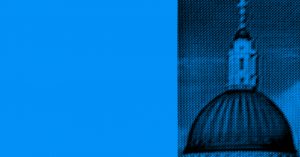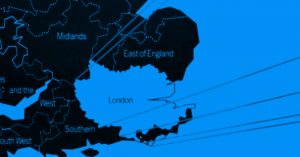The heart of Thames: making programmes
Teddington, Euston and OB units combine to make great television

Although advancing technology is changing the face of television production, programme making remains a strongly co-operative venture involving a large number of specialists: camera operators, make-up artists, set designers, writers, directors, producers, editors, vision and sound technicians, and many more. From initial idea to finished production, it is their joint expertise which makes a programme what it is. And Thames can point to a fine array of talent in every department.

What’s more, the company gives them a wide range of the very latest facilities, based on both film and videotape. Thames operates six studios: three in the main production complex by the river Thames at Teddington, and three more including the specially designed Thames News studio at the company’s headquarters in Euston Road, London. The Teddington studios are used mainly for drama and entertainment programmes, while the Euston facilities are devoted almost exclusively to news, current affairs and feature programmes.
For location work outside the studios, Thames maintains a large Film Department and a Mobile Division with six outside broadcast (OB) vehicles equipped to bring superb studio standards to ‘outside programmes’ like Wish You Were Here…? and London Night Out. In constant touch with Thames’ main facilities through microwave radio links, the OB units can record programme material on videotape for later transmission or insertion into other programmes. And, of course, they also provide live coverage of sporting events, state and other major occasions.
 Many studio programmes, too, are transmitted live. Reporting London and Thames News are examples. But most are pre-recorded in sequences which can be edited together later, which allows time for corrections to be made, and therefore ensures the highest possible quality.
Many studio programmes, too, are transmitted live. Reporting London and Thames News are examples. But most are pre-recorded in sequences which can be edited together later, which allows time for corrections to be made, and therefore ensures the highest possible quality.
About the author
'A Closer View' was published by Thames in late 1982 and sent to advertisers and interested viewers




